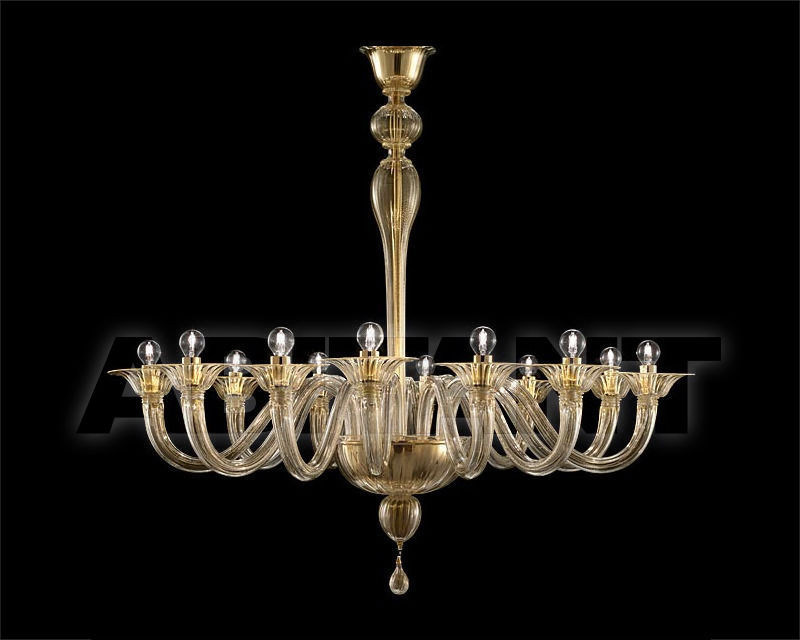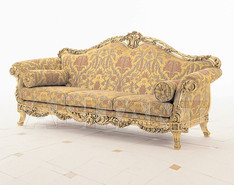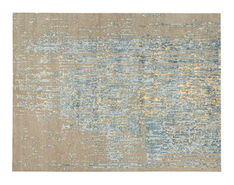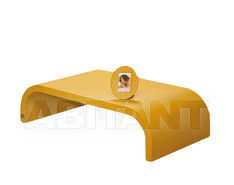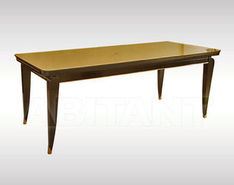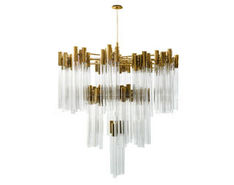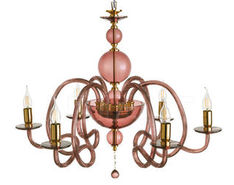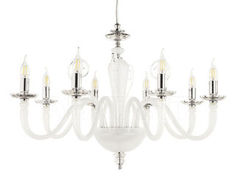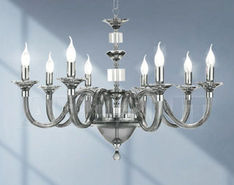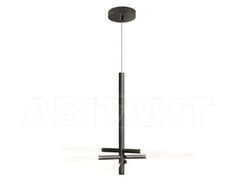Сhandelier Valiant Barovier&Toso Candeliers 5507/12/OO
product code: 261243
Price level
Luxury
Price depends on
configuration and the volume
of your order
configuration and the volume
of your order
Price
on request
on request
4
Estimated delivery time
- From 9 To 12 weeks
- Information on request
- 1 week
Sizes
110 cm
110 cm
100 cm
Product Specifications
| Assignment | For Premises |
|---|---|
| Avaliability of pendant | No |
| Cage material | Metal |
| Input Voltage, volt | 220/230 V |
| Number of lamps | 12 |
| Avaliability of plafonds | No |
| Avaliability of Lampshade | No |
| Maximum capacity of lamp | 60 |
| Type of light | Hanging, Multi-arm |
| Transformer Required | No |
| Type of glass | Coloured |
matching this productClick to select a particular type of product
| Functional Purpose | For Living Room, For Home |
|---|
Product colour
Yellow
Style
Art Deco / Art Nouveau
Art Deco is a relatively young style that emerged at the beginning of the 20th century. It owes its existence to France and the French, and it used to represent the combination of modern and neoclassical styles in architecture, fashion and art. Then, in the 1970s, the term "Art Deco" was extended to also mean a style of interior design. This style's characteristic feature is the seemingly impossible fusion of classical straight lines and strict forms with the asymmetry of luxury and splendour. Art Deco interior design implies an abundance of expensive, exotic materials, plenty of curved lines, mythical paintings and tapestries of dragons and peacocks. Art Deco is considered to be the most original style of interior design, it leans toward ostentatious luxury and splendour and absolutely does not tolerate asceticism or minimalism. When decorating in this style, designers often use inclusive fountains, podiums, forged lattice, exotic fans, marble decorations and stained glass. Art Deco furniture also has to be unique in appearance and very rich - created using light wood, genuine leather, chromium-plating.
Classical / Historical
The term "classic" originates from the 17th century, when the art as a whole was focused on Antiquity. The Classical style spread between the palace-type buildings where the higher stratum - the nobility - lived. Those were the interiors of breathtaking splendour: high ceilings supported by Antique-styled pillars, spacious rooms adorned by expensive, high-quality furniture made specifically from all the best natural materials craftsmen could find. Pomposity and lusciousness did not spoil the comfort - it even complemented it.
Other chandeliers





